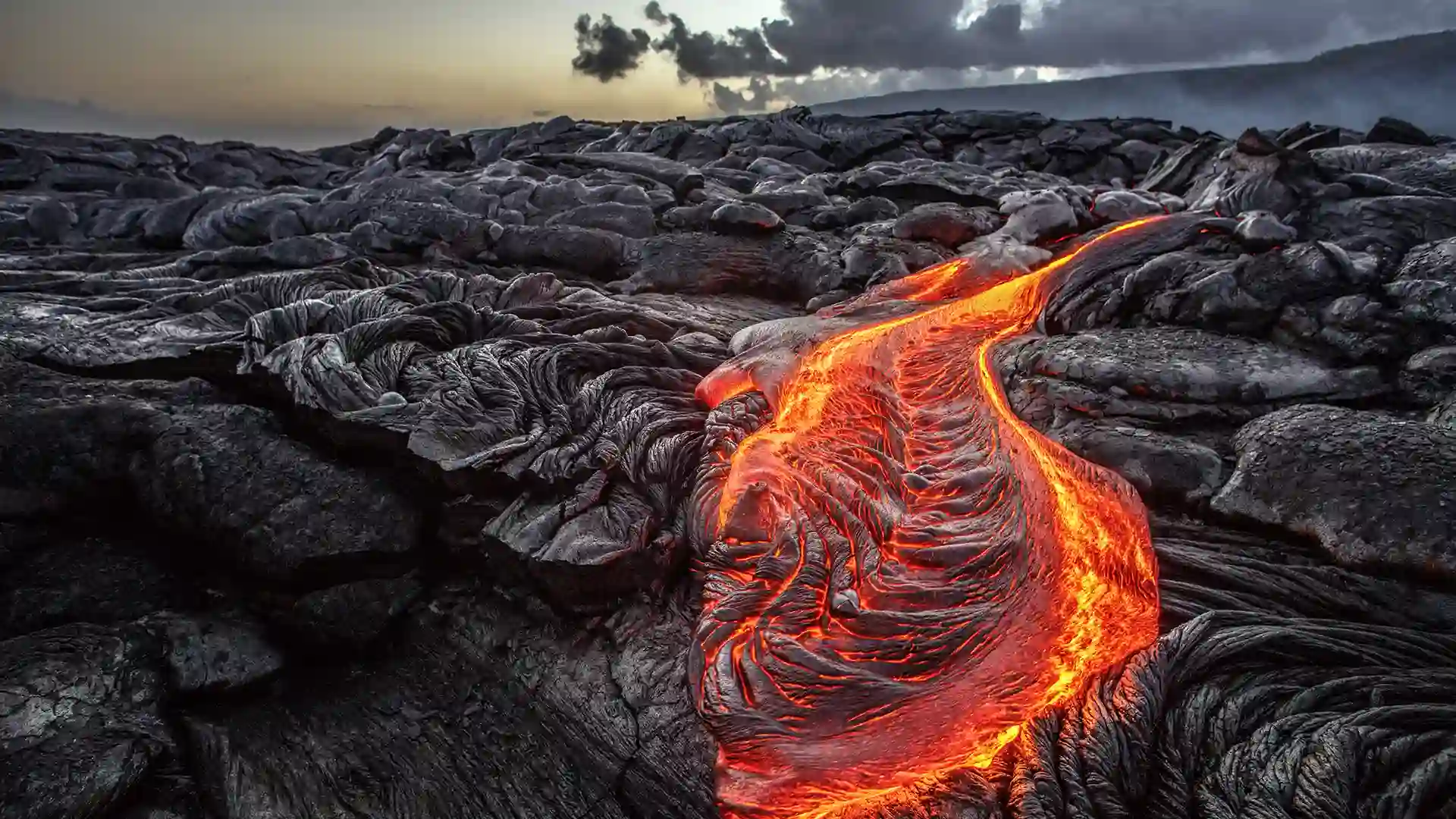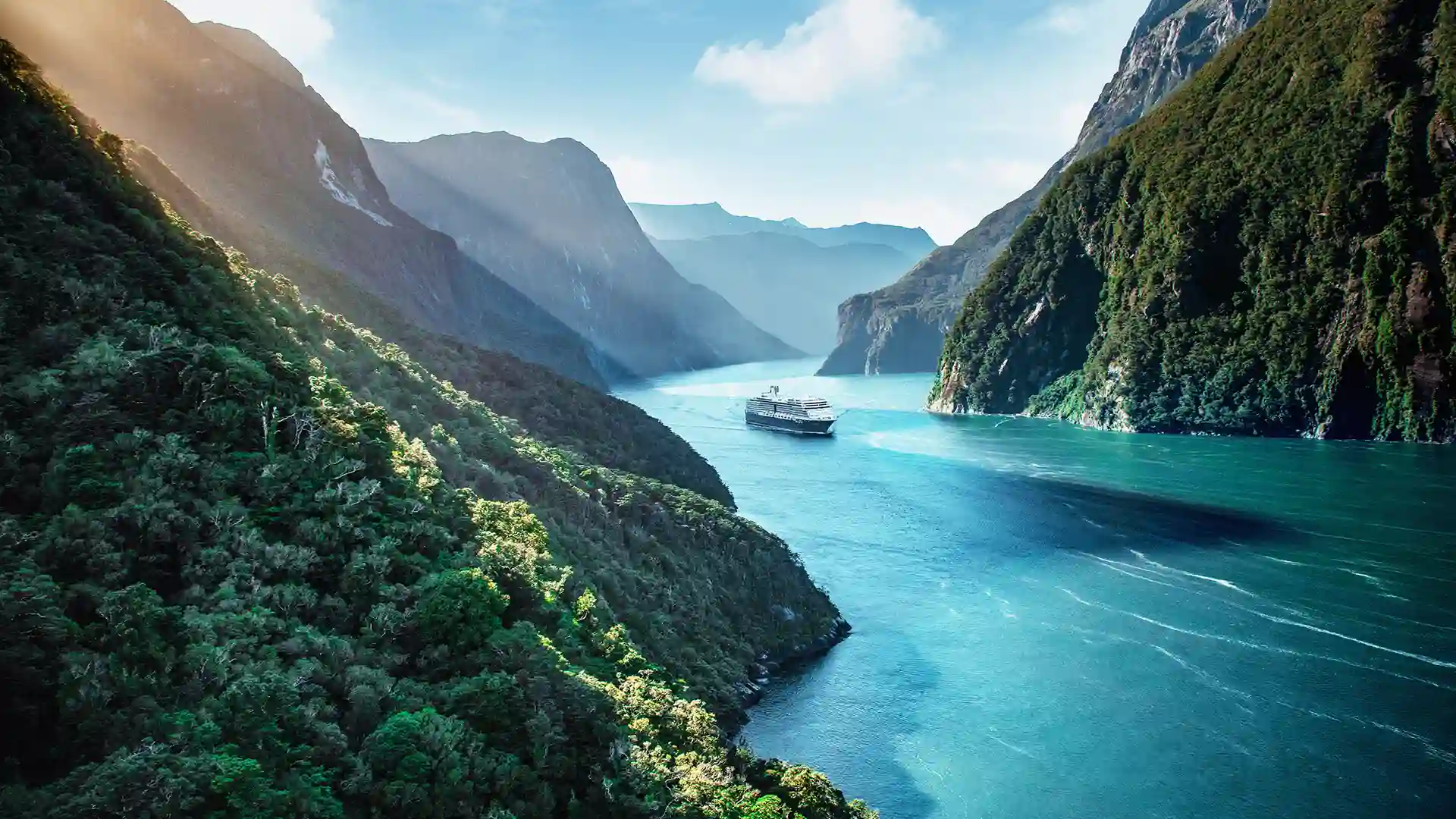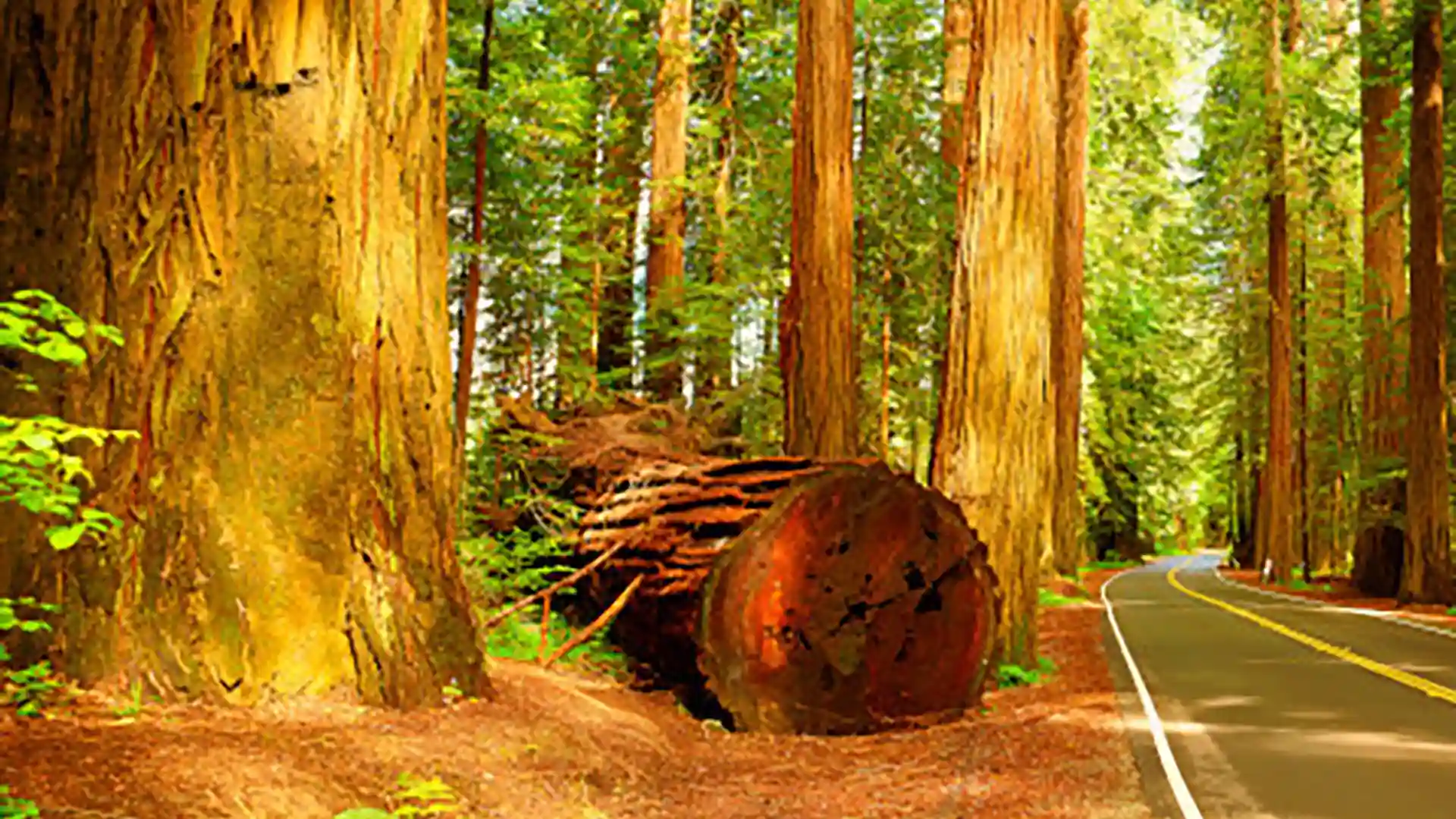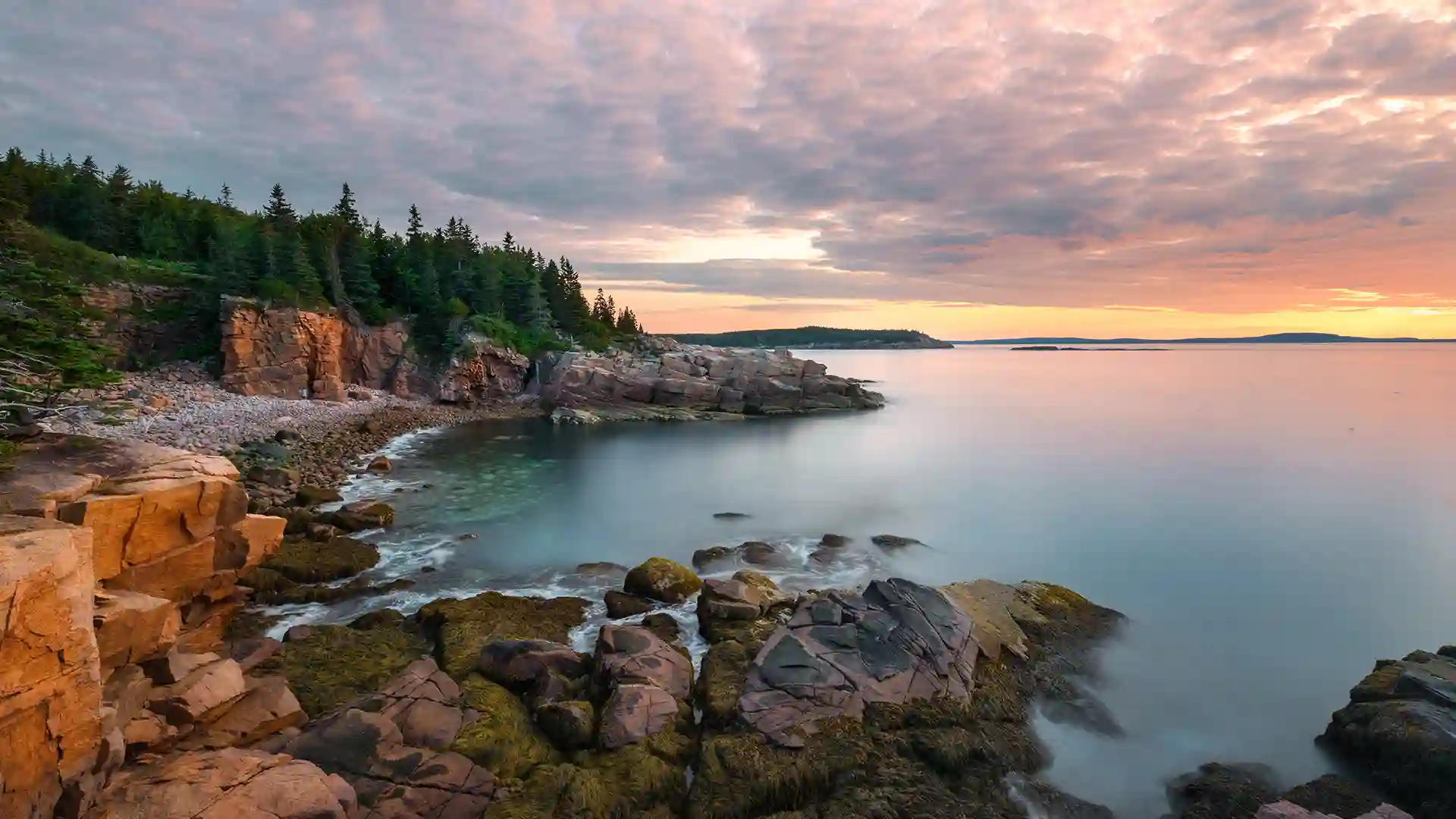Hawaii’s Volcanoes: A Unique UNESCO World Heritage Site

Did you know Hawaii is home to two of the most active volcanoes in the world? At Hawaii Volcanoes National Park – a UNESCO World Heritage site – you’ll discover towering volcanoes whose eruptions have modified the landscape and become home to unique animal species and plants.
Every year, nearly two million people visit the park to witness these volcanic giants in person. Located on “the Big Island,” Hawaii’s UNESCO World Heritage Site includes the summit and section of the southeast flank of Mauna Loa and nearly a third of Kilauea. In their entirety, these two volcanoes make up the greatest volcanic area on the planet. They are also sacred to Native Hawaiian culture.
Fascinating Facts
- The Hawaii Volcanoes National Park is 520 square miles.
- According to the National Park Service, the Hawaiian islands were and continue to be formed by volcanic activity that occurs over a hotspot in the planet’s mantle.
- The most recent simultaneous eruption of the volcanoes – a rare event – occurred in 1984.
- These active volcanoes can send bursts of molten rock upwards of 200 feet.
- Though Kilauea is the youngest volcano, it’s also the most active.
- Footprints of Native Hawaiians traveling the area in resistance to Kamehameha, a new ruler at the time, were fossilized by fallen ash after a 1790 eruption. Though some footprints are still visible following efforts made to preserve them, the Footprints Trail can often be closed for safety due to volcanic unrest.
Visiting Hawaii Volcanoes National Park
If you’re interested in visiting Hawaii’s UNESCO World Heritage Site to catch a glimpse of these massive volcanoes, make sure you first check local conditions with the National Park Service. Roads and trails could be closed, so make sure you prioritize safety first by staying in the know.
The Kilauea Visitor Center* provides an educational and historic look at the park, offering different opportunities to learn about the area throughout the week. This includes the “Talk to a Park Ranger” series, which is a brief 15-minute introduction to the park and some of its fascinating facts.
There are park entry fees and parking can be a challenge during the busy season and certain times of the day, so it’s important to plan ahead.
Safety Tips
- Check the park’s website for updated information on hours of operation, conditions and road closures.
- Follow the park’s guidance and restrictions when visiting and do not leave designated paths when open to the public. Volcanic activity can happen at any time, so it’s of the utmost importance to follow restrictions and safety guidance issued by the park.
- Dress for the weather and terrain. Consider this a no-flip-flop zone. Closed toe protective shoes will have your feet thanking you later. Also, temperatures can be cooler the higher you climb above sea level, and it could be rainy. Plan accordingly.
- Stay hydrated. Though areas are above sea level and can call for cooler temperatures dependent on the time you visit, the volcanic terrain can also give off heat. Water is your friend.
You can learn more about Hawaii Volcanoes National Park* from the National Park Service. They even have webcams to view some of the latest activity.
*Note: Accessing this link means you are now leaving the Holland America Line website and navigating to a third-party website that is not owned, operated, or controlled by Holland America Line or any of its affiliates.
Have you been on a Hawaii cruise and visited some of these sites? Say aloha to Hawaii on a paradise-packed cruise, exploring some of the adventures that await you. Also learn how our On Deck for a Cause program has helped support Maui as it continues its recovery from wildfires.




